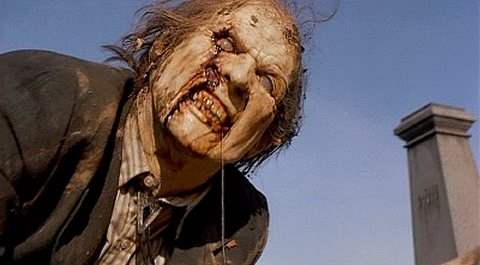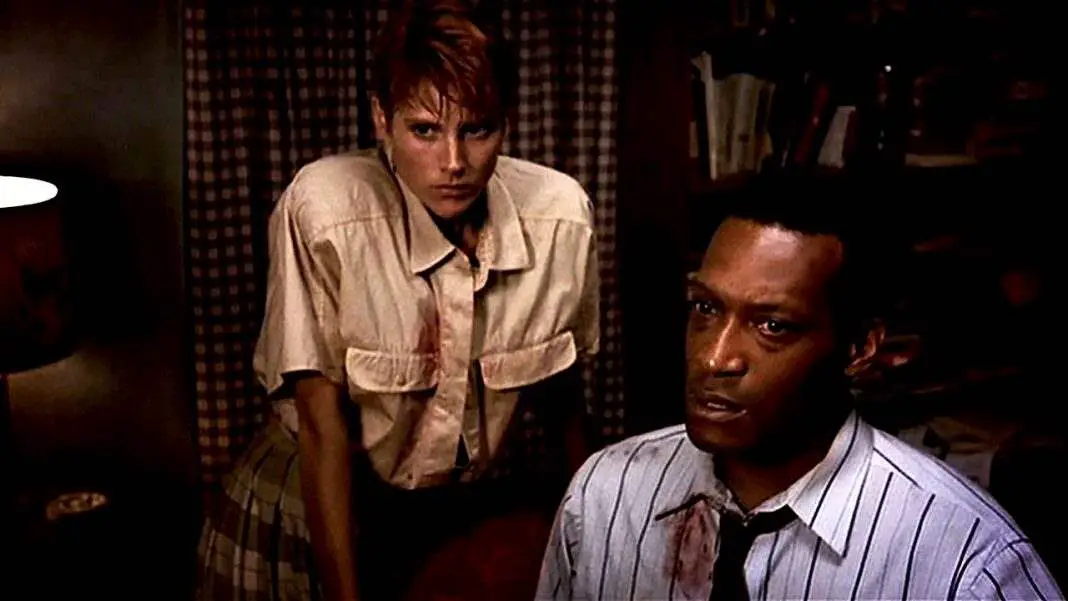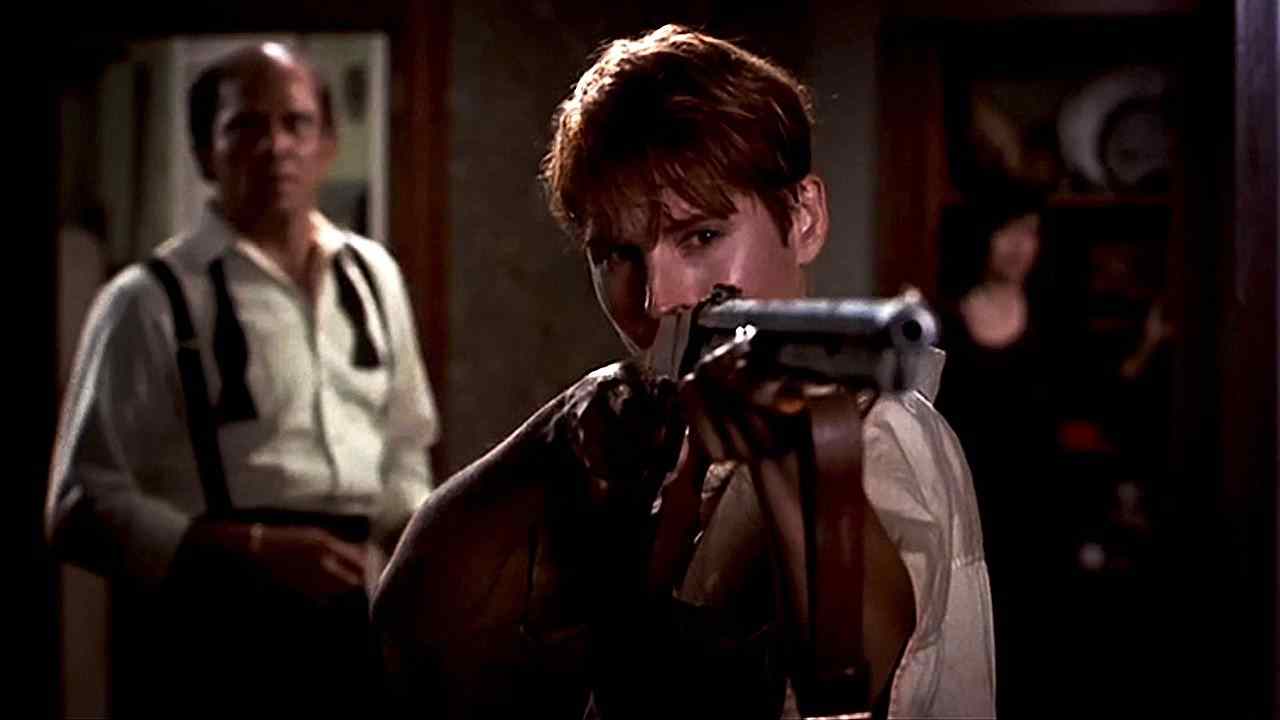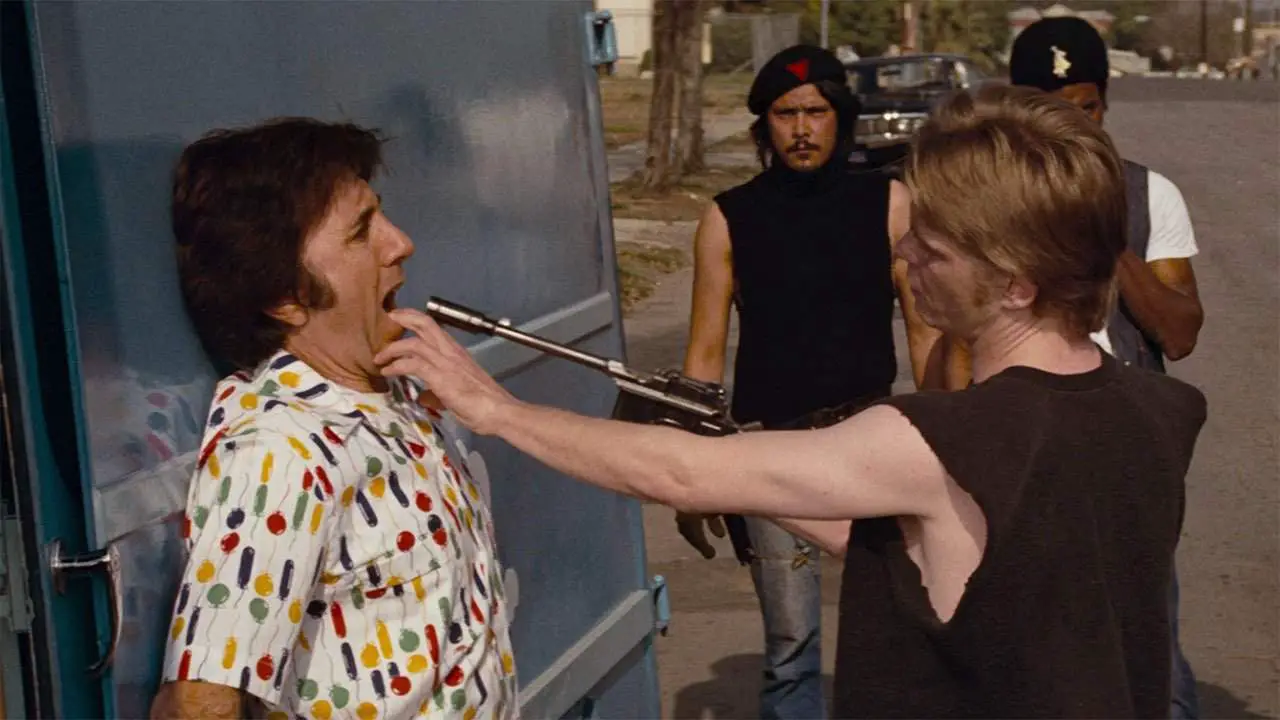George Romero’s Night of the Living Dead is an absolute classic. It’s one of the films that truly defined the genre. It created a sub-genre that we’ve come to know as the modern zombie movie, although it was heavily influenced in that by the Vicent Price vehicle, Last Man on Earth. Made for next to nothing, filmed on weekends over the course of a year with family members of the cast and crew acting as the zombies, Night of the Living Dead was a true indie hit and was also one of the first of its breed.
How The Original Night of the Living Dead Succeeded Despite the Absence of Any Budget
It’s gritty, raw, and you can certainly tell that it’s made by young people for almost no money. But all of that works very well. It provides a realness to the overall film, even though the style is actually exaggerated, with heavy, dark shadows borrowed from stylistically from the German expressionist era. Some shots feel like a product of the time. Some shots feel like a 1950s B-Movie. And some shots feel more at home with the likes of Nosferatu. That’s because Romero was a director who knew his influences and knew them well, even so early in his career.
The true strength of Night of the Living Dead is in its characters. The film pans out very much like a play, with all of the socio-political commentary coming through in the dialogue. Ben is our lead and most of our attention is drawn to him and the debate he has with Cooper over who is—essentially—master of the house. The women in the scenario don’t have a ton to do, which makes sense on one hand as so much of the narrative is focused on how the men can’t agree with each other and how that creates most of the problems that arise for the characters.How the Night of the Living Dead Remake Fixed the Biggest Issue With the Original
People were reasonably skeptical when the remake of Night of the Living Dead was announced. But it’s a redux that’s come to be embraced because of the talent involved. Romero returned to write the screenplay, adapting the original script that he co-wrote with John Russo. It was directed by Tom Savini, who provided the makeup effects for Dawn of the Dead and Day of the Dead. So from a production standpoint, Night of the Living Dead was kept very much in-house.
When Romero was presented with the opportunity to write the remake, he didn’t simply want to write the same movie over again. Sure he stayed true to the original story and some of the classic moments, but he threw new things in there to throw the audience off. More than that, he saw this as an opportunity to fix what he thought was the major problem of the original: Barbara. This isn’t to say that Judith O’Dea did a bad job of portraying the character in the original film, she simply played the character that was depicted on the page.
Did You Know? Wicked Horror TV Has Classic and Independent Horror Films Available to Stream for Free!
 But in the original Night of the Living Dead, Barbara isn’t much of a heroine. She runs to a nearby farmhouse after a zombie kills her brother and by the time she meets up with Ben, she’s almost totally gone. She slips into a nearly catatonic state and is unable to help anyone. This trend continues until her eventual, probably inevitable death.
But in the original Night of the Living Dead, Barbara isn’t much of a heroine. She runs to a nearby farmhouse after a zombie kills her brother and by the time she meets up with Ben, she’s almost totally gone. She slips into a nearly catatonic state and is unable to help anyone. This trend continues until her eventual, probably inevitable death.
That character worked well enough in 1968, but was not the character Romero wanted to see portrayed in 1990. Instead, Barbara in the remake is a fighter from almost the very first scene. She is constantly pointing out how childish the men are behaving and is convinced that she has the strength to make it past the zombies and go for help. She’s also the only one who is confident in that, no one else is sure that they can do it.
The remake retools Barbara as a tough, Ripley-esque heroine and it’s the best move the filmmakers could have made. She’s strong, capable, independent and it’s no coincidence that she actually survives this version instead of simply being another body for the fire. Yes, this change works better than some others, as the remake’s ending doesn’t have the poignancy of the end of the original. Yet it still showcases Barbara’s strength as a character when she sees that Cooper, of all people, survived the night simply by hiding like a rat, getting everyone else killed with his failure to cooperate and—in this version—even shooting at them. Even if Ben’s a zombie by the end, Cooper fired the shot that slowed him down if not outright killed him. Barbara’s decision to shoot Cooper only shows her strength as a survivor. In a single night she’s come to grips with exactly what kind of world this has become and what it will take to live in that world.
Why The Kills Still Stand Out After All These Years
Outside of Barbara, Savini’s Night of the Living Dead has plenty of strengths. It boasts some of the best, if not the best, zombie makeup I’ve ever seen. The acting is strong across the board, with Tony Todd being an excellent Ben and Tom Towles doing great as an even scummier Cooper than the first.
But Barbara is our heroine, the female protagonist we didn’t get the first time around. She’s a strong and capable leader, a fighter, and becomes the character to voice the point running through all of Romero’s Dead films: That the living and the dead are one and the same. She’s not simply a political statement, though. Ben and Cooper are the political ones and their inability to agree causes most of the problems inside the household.
Barbara is the true voice of the people, the voice of the audience. She’s not the person causing you to yell at the screen, she’s the one to tell people not to go in there, not to do something stupid or else it will cost them their lives. That, I think, is the ultimate strength of Barbara in the remake and is a large part of her lasting appeal.









